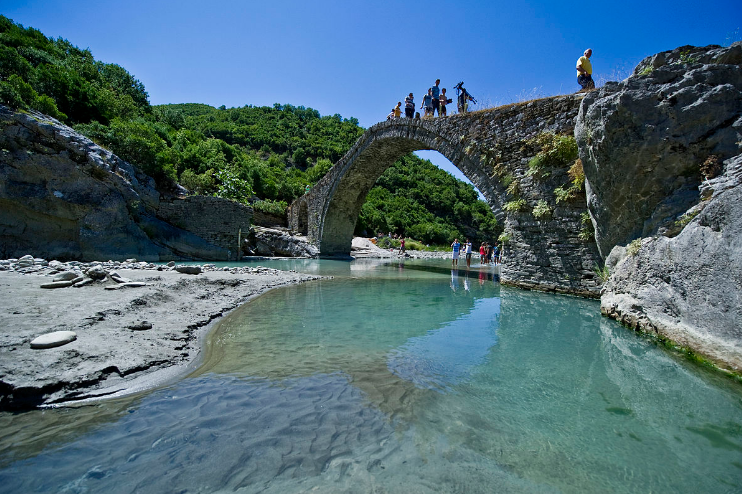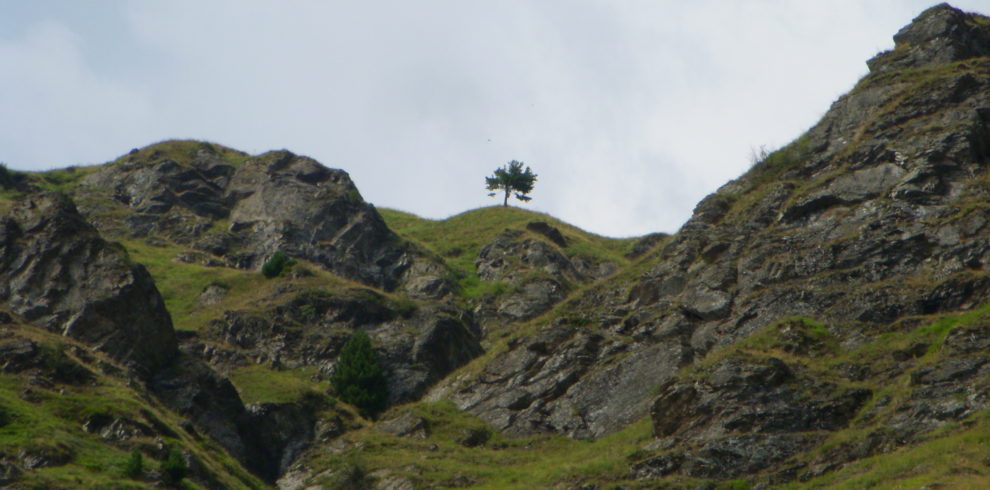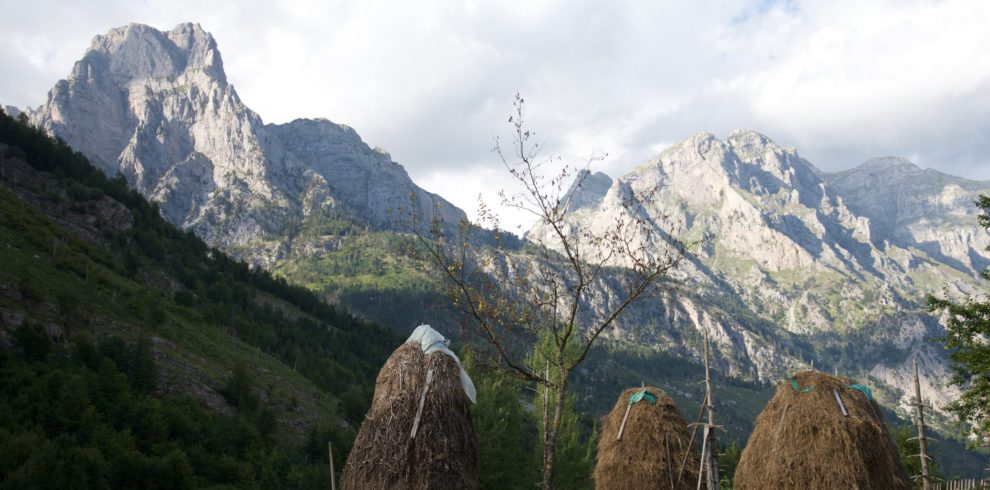The Mixed Tour, is called such because of the activities it is composed, which are of a social and cultural character, of natural and also of culinary character. In the tour you will be able to visit UNESCO-protected cities, untouched human areas, and you will be able to try the delicious and characteristic cuisine of the places you will visit and the hospitality of the local residents. Green mountains alternate with valleys that look endless and blend with green and blue waters. In these places nature will make you want to never leave.
<p>Arrival at Mother Teresa Airport. Visit to the historic center in Tirana, the Ethem Bey Mosque, the Tabak's Bridge, the National Museum, the BunkArt, the former communist restricted neighborhood Bllok area, the Zog 1st Boulevard and the Dëshmorët e Kombit Boulevard. </p>
<p>We start the journey from Tirana towards Gjirokastra. This is a long but beautiful journey. On the way we will have the opportunity to visit the Ardenica Monastery, where the Skanderbeg's wedding ceremony (the Albanian National Hero), was held. Once we arrive we visit Gjrokastra, the Ethnographic Museum, the house of the Zekati family, the Old Bazaar, Ismail Kadare's House, and the famous Gjirokastra Castle, inside of which is the Museum of Weapons. Gjirokastra is a UNESCO protected city and is known in Albania as the city of ston, but of course this refers only to its house walls and street pavements, since people there are very welcoming and loving. </p>
<p>From Gjirokastra we get the vehicle to Peshtan. There we go to the Zagori Valley. Along the way we will see the Ottoman bridge built by Ali Pasha Tepelena. Our path passes from an old caravan route used to connect Tepelena to Ioannina. After 5 hours walking we arrive at Limar and there we are accommodated in the host house. </p>
<p>We start from Limari and we take the road to Hoshteva where we will walk through the valley. We stop for a short break in Hoshteva where we will also visit the church of St. Apostles. From there we head to the center of Zagoria region, located in Nivan and from where we will head to the village of Sheper, one of the largest in the area. This village is the birthplace of Renaissance writer Andon Zako Cajupi, ASDRENI. There we are accommodated in a guest house. </p>
<p>We leave from the village of Sheper to Përmet. We climb from the direction of Qafa e Dhembelit, which was the crossing point on one of the main roads linking Zagorie to Përmeti. After that, we start the descent down to Përmet. By the way we will also visit the Leuse Village Church, which is a cultural monument. Once we arrive at Përmet we are accommodated in the hotel. </p>
<p>We drive by car to Stërmbec, where we will visit the Waterfalls of Sopoti. The trail to there lasts about an hour and a half. After a break in the vicinity of the Waterfalls we will return to Përmet where we will visit a "gliko" workshop and a traditional Albanian cheese factory, built in a former Army bunker. </p>
<p>We start from the hotel towards the village of Bënjë to visit the Langarica Canyon. After that we will go back to Bënjë where we will visit its thermal baths known all over Albania. We will visit the village and then return to Përmet, from where we will go to Berat. We arrive at dinner in Berat, and we stay at the hotel. </p>
<p>In Berat we visit the Castle and the old part of the city within the castle, the Mangalem neighborhood, the Ethnographic Museum and the city which is known as the "city of 1001 windows". We are leaving for the afternoon in Tirana. Accommodation at the hotel. </p>
<p>Movement from Tirana to the Airport.</p>






